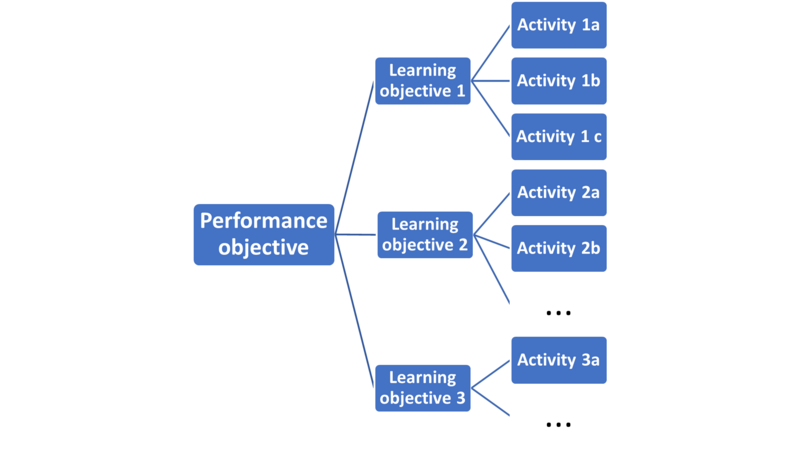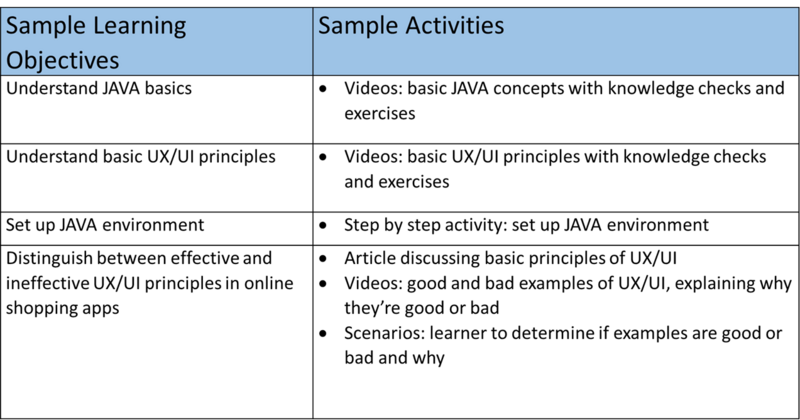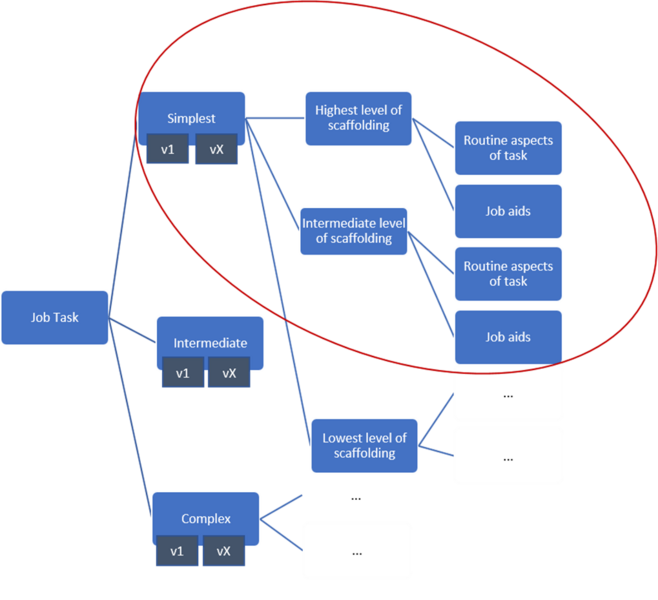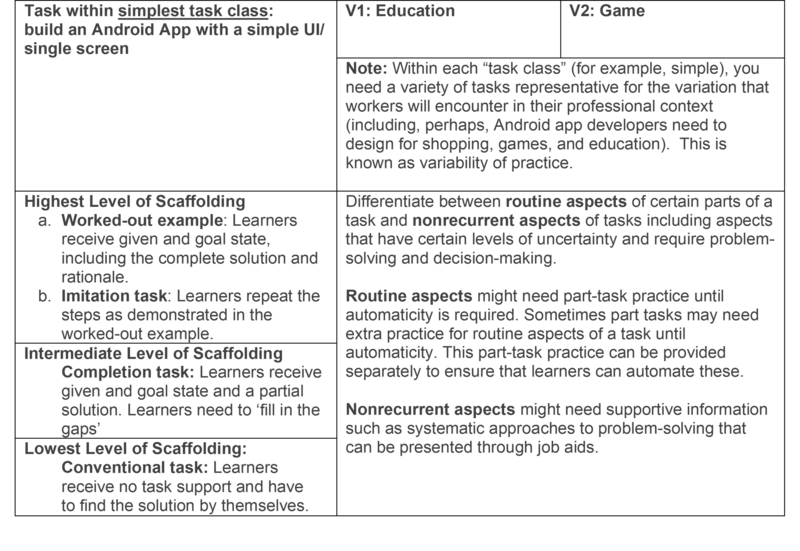ATD Blog
Improving Learning Transfer: From a Fragmented to a Whole Task Design Approach
Fri Jan 15 2021

If you or your team are in any way involved in designing learning experiences for professionals to improve their skills, it’s likely more often than not you’re dealing with complex tasks. These tasks require people to integrate knowledge, skills, and attitudes in and involve problem solving, critical thinking, and decision making.
An example of such a complex task is building an Android app. When software developers build an Android app, for example, they need to build a user interface (possibly even for different contexts), a data layer, and test the app. They also need to work with various stakeholders (such as the client buying the app and the end users). This requires them to coordinate and integrate knowledge (including Java, syntax, programming structures), skills (such as how to design for various devices, programming, create intuitive UX/UI), and attitudes (for example, willingness to collaborate, open to ideas of others, client-focus).
Usually, learning designers take a fragmented approach when designing such tasks. The task is broken up in a list of learning objectives and content or activities are mapped to each objective.
Figure 1 shows a high-level fragmented design approach, and Table 1 shows a snapshot of some objectives and their mapped activities in the context of developing an Android app in the context of a fragmented approach.
Figure 1: High-Level Fragmented Design Approach

Table 1: Snapshot of Objectives and Mapped Activities

At the end, the learner might have the opportunity to design an Android app, such as in a sandbox environment.
To expect such learning experiences to transfer to real-life job tasks is quite a big bet that you’re likely to lose. It’s a big misconception that, when learners learn elements of the whole, they’re then able to connect the dots and apply what they’ve learned on the job.
If we want to increase chances of transfer to the job, we need to take a more effective whole task approach_._
A Whole Task Approach to Improve Learning Transfer
The backbone of whole task design is the (complex) job task itself, starting with the simplest possible form and moving towards more complex versions. Also, whatever the learner does, it happens in the context of the whole task. For example, if the learner needs prior knowledge to carry out a complex task, only the knowledge required to complete the task at hand is taught— nothing more, nothing less.
Figure 2: High-Level Whole Task Approach

Table 2: High-Level Overview of a Whole Task Design Approach

Of course, a whole task approach takes time, money, and requires certain learning design capabilities. However, if we don’t ensure learning transfer, we’re short-changing workers, throwing money down the drain, and putting the business at risk.
A whole task approach to complex learning not only improves chances of transfer, it also helps organizations maintain a workforce that’s creative and prepared to develop new approaches and overcome new challenges that the organization is facing. It’s time to up our game!
References
Neelen, M., and Kirschner, P. A. (2020). Evidence-Informed Learning Design: Creating Training to Improve Performance. London: Kogan Page Publishers.
Neelen, M., and Kirschner, P. A., (2020, February 3). What Is Complex Learning in the Workplace? 3-Star Learning Experiences.
Neelen, M., and Kirschner, P. A., (2020, August 3). Holistic Design Versus Atomistic Design. 3-Star Learning Experiences.
Neelen, M., and Kirschner, P. A., (2018, March 20). Complex Skills in the Workplace and What It Means to Design for Them.
Van Merriënboer, J. J., and Kirschner, P. A. (2018). Ten Steps to Complex Learning: A Systematic Approach to Four-Component Instructional Design. London, UK: Routledge.
Van Merriënboer, J. J. G. (2019). The Four-Component Instructional Design Model: An Overview of Its Main Design Principles, 1–17. Retrieved from 4cid.org/publications.
